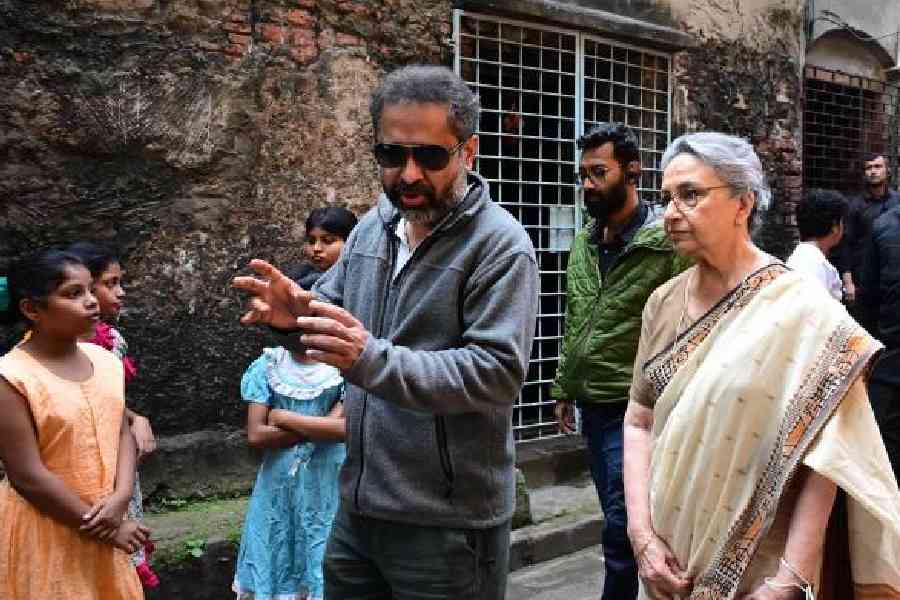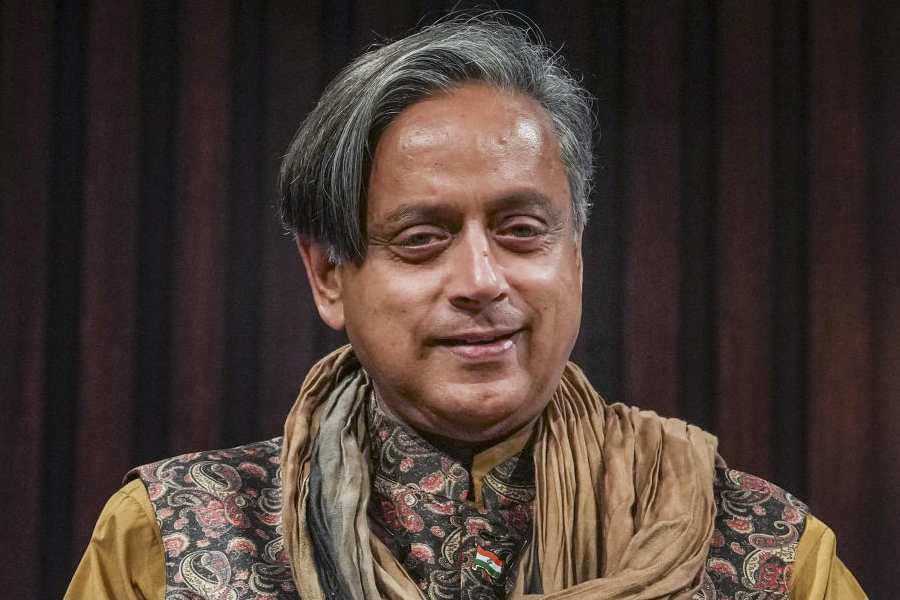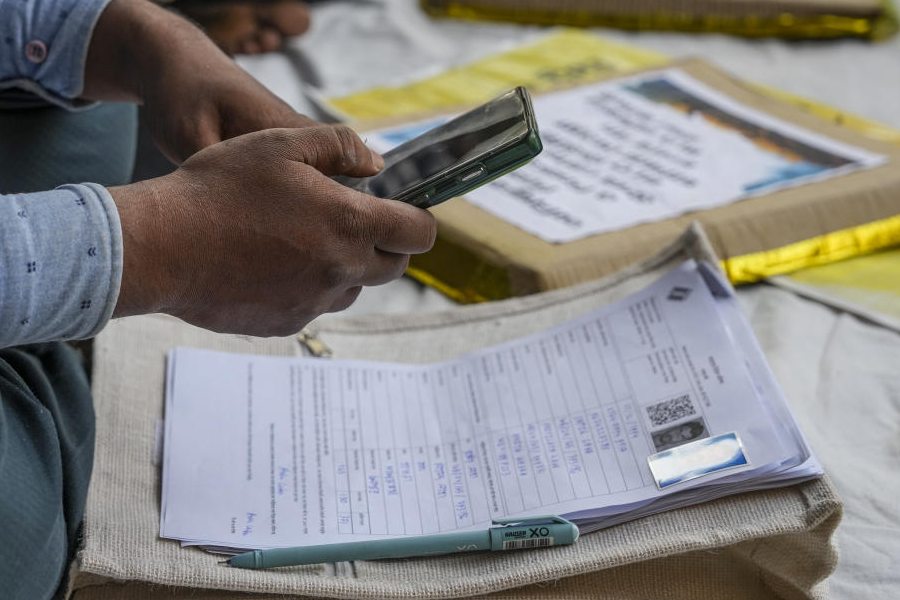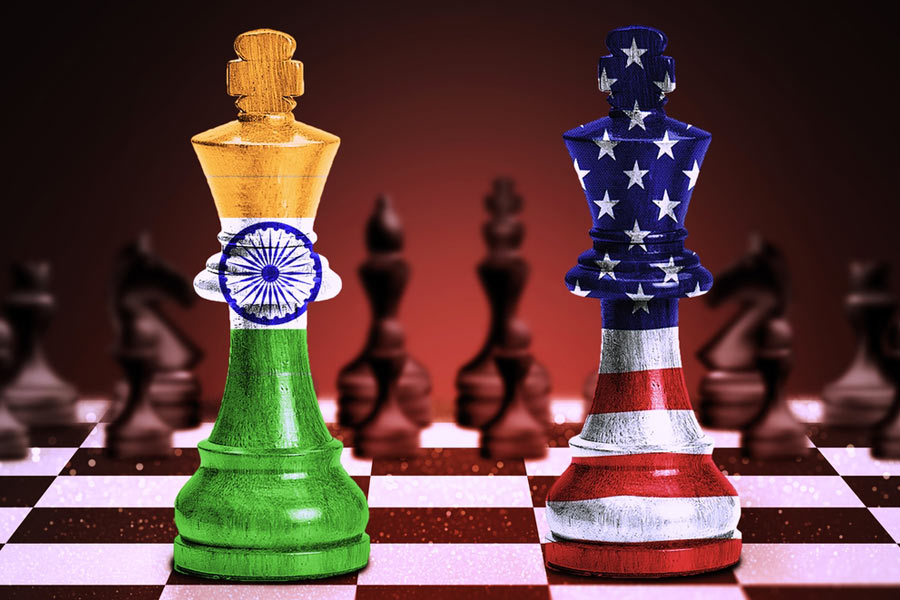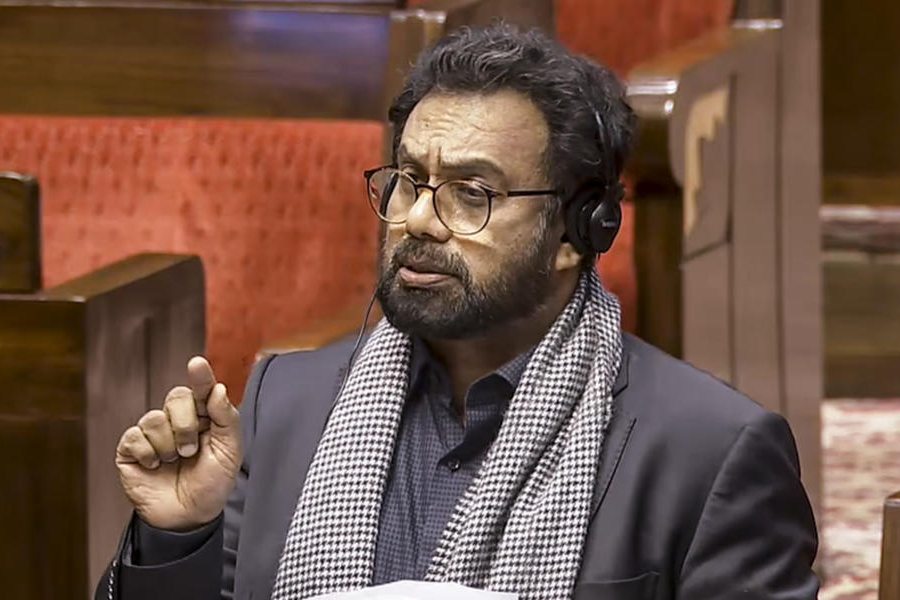Suman Ghosh’s film Puratawn, which opened to positive reviews, is currently playing in theatres across India. Featuring Sharmila Tagore as the protagonist, along with Rituparna Sengupta and Indraneil Sengupta, the film tells a thought-provoking story. A t2 chat with Suman Ghosh, about the film’s box-office success, the thoughts behind the making, working with the legendary Sharmila Tagore and more.
You left for Miami right after the release. Do you consciously detach yourself after the release of a film?
It is impossible to fully detach, but I am someone who doesn’t like to be in the limelight. Returning to the tranquillity of the academic world and spending time with my daughters gives me a better perspective on things. As the writer-director, I had to be present for the promotions. The film is done and out for the audience to watch. Beyond that, I just keep track of how it is being received.
The film is running to houseful shows. Did you expect this?
The box office is booming right now! I honestly never expected this. Our list of screening halls has also increased, which gives me great confidence in our audience. Kabuliwala also stayed in theaters for a long time and was a box-office success, but that film was easier for the audience. This one wasn’t. At times, I intentionally create films for a niche audience, like Scavenger of Dreams or Searching for Happiness. These are experimental in nature. However, I always balance that with films like Basu Paribar, Kabuliwala, and Puratawn. Puratawn fell in between, I would say, it is experimental but not extremely. Hence, I was apprehensive.
I’m aware of my limitations as a director and know I can’t make a film that will generate collections like the films of Shiboprosad Mukherjee, Srijit Mukherji, or Raj Chakraborty. I’m fine with that. I don’t have the sensibility to cater to a larger audience like some other directors do, and it’s important for a director to recognise their own limitations. Kabuliwala did well because of its story and the presence of Mithun Chakraborty. With Puratawn, I took an interesting approach. It doesn’t have a closed narrative or high-pitched drama. It needs a certain engagement with the audience. After hearing the script, Sharmila Tagore described it as being like a poem. It’s not a straightforward narrative like Kabuliwala. I didn’t expect it to be a big hit at the box office, but considering we cast Sharmila Tagore and focused on the mother-daughter dynamic with Rituparna, I hoped it would generate interest.
The film leaves many unanswered questions intentionally because not everything needs to be stated explicitly. I wanted it to spark conversations, as good films do. Even if a high-pitched drama generates a few crores at the box office, I refuse to compromise the story’s honesty for that. People often forget there is a difference between long-term success and a short-term hit. I am very aware of the market and understand that having Sharmila and Rituparna in the cast will help us achieve box-office success.
Would you have made this film if Tagore had not agreed to do it?
No. The theme I explore in this film is not very palatable to the larger audience, and it is an expensive project that needs financial backing. If Sharmila Tagore hadn’t accepted the role, I wouldn’t have made this film. The same goes for Kabuliwala — if Mithunda hadn’t taken part, I wouldn’t have made it. When I write the script, I have specific actors in mind. I’m talking about legends like Sharmila Tagore and Mithun Chakraborty, who could easily have turned down the roles. So, without her, I would not have done this film.
You spent a lot of time with Sharmila Tagore while making this film. What fascinated you most about her?
I have never encountered such nobility! Her journey ranges from Thakurbari and being a Bollywood superstar to marrying a nawab. She has experienced this whole spectrum. However, she mentioned that her upbringing was similar to that of any other normal girl. Working in Bollywood with such greats as Gulzar, Hrishikesh Mukherjee and Shakti Samanta while at the same time she was working in Bengali films, that gave her such a breadth of experiences. This diversity is not something you see even in people like Soumitra Chatterjee or Aparna Sen, as they didn’t have the Bollywood experience and the rest of it like she has. That breadth of experience comes through in her perspective, too. The other day we were chatting about Chat GPT and she is using it now. That’s who she is. Always wants to learn.
Why did you choose the subject of dementia?
The theme of dementia in Sharmila Tagore’s character serves as a narrative tool for me to explore the contrast between the past and the present in the film. My inspiration came not just from the character but also from the dynamics of a changing world. The present world features characters played by Rituparna and Indraneil, who speak in Benglish, while Sharmila Tagore’s character speaks in Bengali. These dynamics have always intrigued me.
How much does Calcutta as a city influence your search for the past?
I don’t actively search for the past when I visit Calcutta. However, I do suffer from nostalgia, and I choose that word intentionally. Growing up in Serampore and with my ancestral home in Asansol, I often reminisce about those memories. In today’s fast-paced world, we can’t afford to dwell on such memories. Yet, in recent years, I’ve realised I don’t need to feel guilty or suffer from it; instead, it motivates me to move forward while keeping those memories fresh in my mind. My last two films were set in north Calcutta, and whenever I’m in the city, I make it a point to visit. Now I live in Miami, which is a very modern place. I am a product of the blend between my past and my current life.
Root as an imagery is very important in the film. What was your idea behind using it as the leitmotif?
From the roots, a tree emerges, which then branches out, and leaves begin to grow. I have lived in Mexico and now reside in Miami, but my roots are in Serampore. The root serves as the foundation for everything, so it needs to be strong. There are scenes in the film where I juxtapose roots with the veins that appear on an aged person’s skin. The complete life cycle of a human being, from roots to the end, represented by Sharmila Tagore’s character.
There is a fascinating concept regarding the presence and absence of technology and how it affects our lives…
Rituparna’s character is often seen preoccupied with Zoom meetings and phone calls. While she is caught up in those activities, she unexpectedly enters the storeroom filled with old LP records, a kaleidoscope, a harmonium, medical boxes, Boroline, and Arnica. This dynamic juxtaposition of the old and the new recurs throughout the film. Interestingly, Indraneil’s character enjoys taking photographs with a film camera, rather than a digital one. This also demonstrates a fascination with the old.
Memory is another important theme in the film, where you explore both its presence and absence, as well as the memories of the deceased and the living…
I find memory to be a captivating subject. Once you delve into nostalgia, it opens up many avenues and can offer a sense of solace. In the film, I address both long-term and short-term memory. There’s a Booker Prize-winning book called Time Shelter, which discusses something similar to what I portray in the film. Indraneil mentions a village for those dealing with Alzheimer’s in the film; the book suggests that even those without Alzheimer’s also visit that village. For me, reflecting on Serampore or Asansol is a meditative experience, whereas Sharmila Tagore’s character genuinely lives within that mental space. This is how I aimed to explore memory in the film.
What value will this film hold for you in your body of work?
Value is subjective. However, I am grateful to have made such a film. Working with a legend like Sharmila Tagore, especially as she announced this to be her last film, is significant. She started her career with Apur Sansar and concludes it with a film like Puratawn, which adds considerable value to my experience. For me, the best part was creating a film without compromise, with full honesty. Filmmakers often face various crises, and I owe much to Rituparna, who never said no to any request and provided all that I asked for, including the DoP and editing by Aditya Vikram Sengupta, the singers, and the old house setting. Despite the film being expensive and the screenplay being complex — written like a poem where nothing is explicitly stated — having a producer who supports this vision is a great fulfilment for me.
Did you have a sequel in mind while making the film?
Ritu’s character is curious about what’s inside the box, but Indraneil’s character offers her the perspective. We all have our secrets, and we are entitled to those. It’s a unique space that defines our existence and deserves respect. No matter how much one claims they have no secrets and share everything with someone, that’s often not true, and that’s perfectly fine. When I was writing the script, I certainly had an idea about what the box contains, but I chose to leave it to the audience’s imagination. Nowadays, we rarely think deeply about things, and I wanted viewers to engage their minds actively, which fosters a stronger connection with the film.

